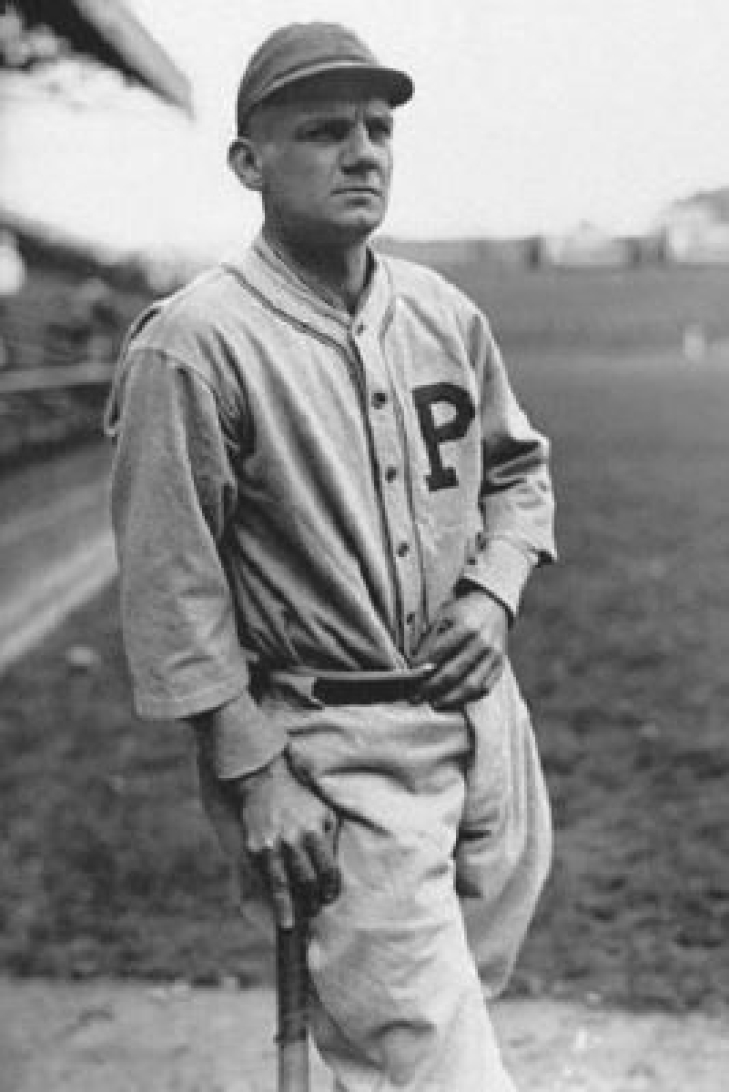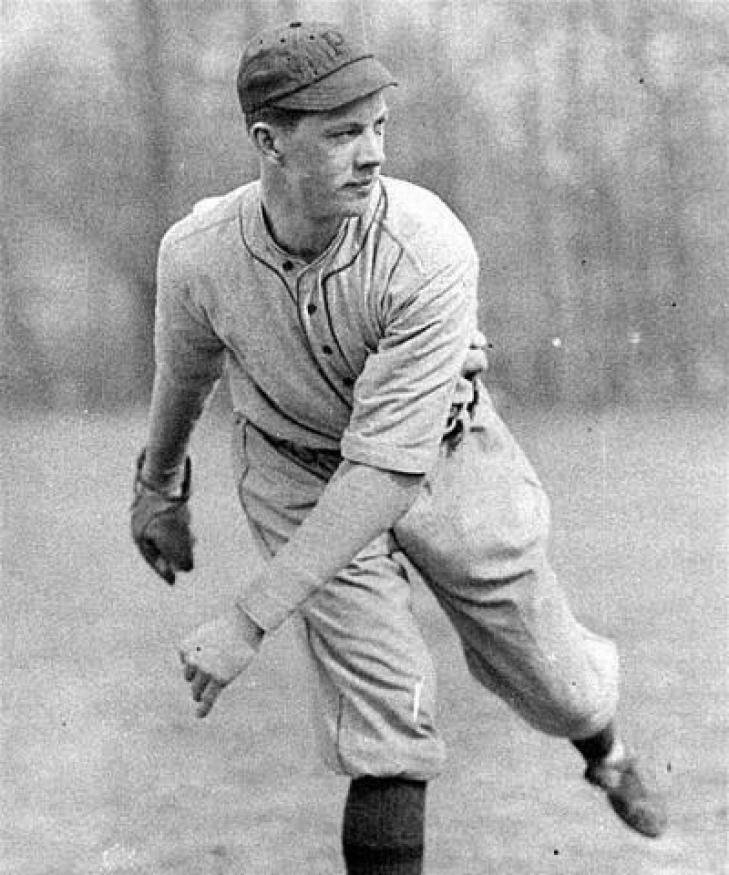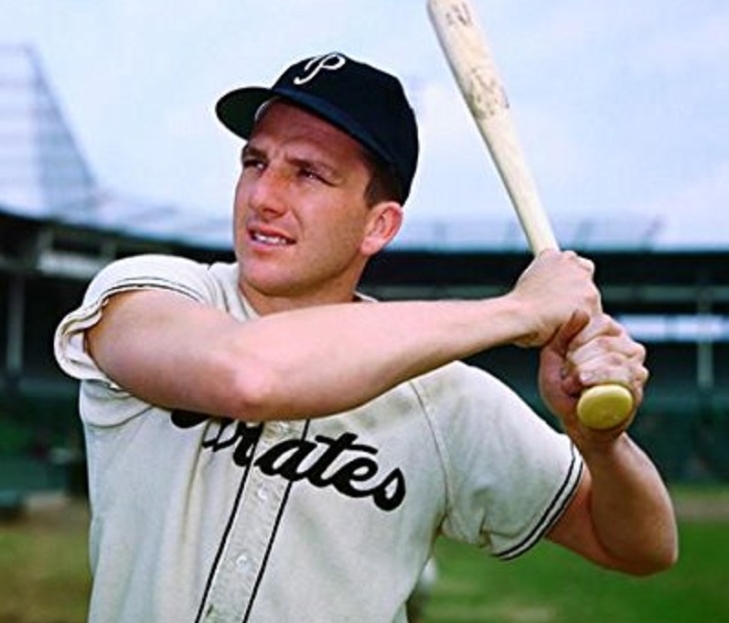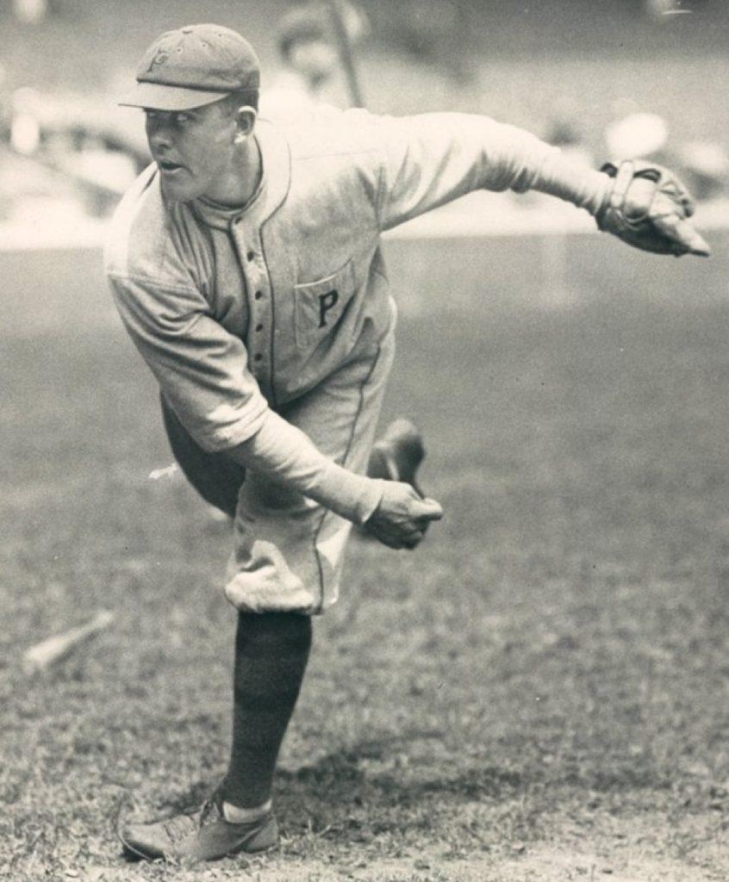
Committee Chairman
9. Max Carey
Max Carey made his Major League debut with the Pirates for a pair of Games in 1910, and while they did not know it then, they acquired the best base stealer in franchise history.
Carey played in the Outfield, where he would have likely won a few Gold Gloves had they existed when he played. Carey was not a power hitter but was a competent contact hitter, who batted over .300 six times, was a two-time leader in Walks, and collected 2,665 Hits over his career, most of which as a Pirate. Once Carey got on base, that was where the real magic began.
In 1913, Carey led the NL in Stolen Bases (61), and he would lead the league in this fleet-footed metric nine other times. Carey swiped 688 bags as a Pirate, which as of this writing, is a team record. In his last full year in Pittsburgh, Carey led Pittsburgh to a World Series win, though he was released during the following year following a conflict with management.
Carey was chosen by the Veterans Committee in 1961 for the Baseball Hall of Fame.
8. Wilbur Cooper
Although Wilbur Cooper is considered one of the best pitchers in the history of the Pittsburgh Pirates, it was so long ago, and his legacy is often forgotten. From 1917 to 1924, Cooper was at his best and regularly in the top ten in virtually every pitching category in the National League. He was the first left-hander in the NL to hit 200 wins, but his overall total in that department did not exceed much more than that.
Advanced metrics have given Cooper a bit more of a look again, but at the very least, he should be remembered with greater fondness in the Steel City than he is currently. Had he played for a World Series team, he probably would be.
7. Ralph Kiner
Of all of the phenomenal Home Run hitters that the game of Baseball has seen, only one of them led their league in going deep seven times in a row. That man is Ralph Kiner.
Kiner won his first Home Run crown as a rookie in 1946, albeit with only 23, but he also led the NL in Strikeouts (109) and had a Slugging Percentage of .430, which is not exactly a number befit for a Home Run titlist. As weird as it is to say, the numbers of the 1946 National League HR winner were an aberration and not a pattern.
Kiner won the HR crown with numbers over at least 40 in the next five wins, with two of them exceeding the magical 50 plateaux. The Leftfielder brought his Strikeouts down and increased his free passes, with three .400 OBP years and a league-lead in 1951 (.452). Kiner also won three Slugging Titles, three OPS Titles, led the NL in Walks three times, and from 1947 to 1951, and he finished in the top ten in MVP votes.
As good as Kiner was, the rest of the team was average or mediocre. Only once during the Kiner's time in Pittsburgh did they have a winning record, and for the most part, they were basement dwellers. There were salary disputes between Kiner and Pirates GM Branch Rickey, who allegedly told Kiner, "We finished last with you; we can finish last without you." Whether or not that was true, Rickey traded Kiner in a ten-player trade to the Cubs, though Kiner's career fell off quickly due to back problems, and he was out of baseball after 1955.
With the Pirates, Kiner smacked 301 Home Runs, 801 RBIs and had a Slash Line of .280/.405/.567.
Kiner would become a very successful broadcaster, and in 1975, on his 13th year on the ballot, he entered the Baseball Hall of Fame. The team would also retire his number 4 in 1987.
6. Babe Adams
Playing all but one game of his career with the Pittsburgh Pirates, Babe Adams was one of the best control Pitchers of his day.
Adams played in one game for the St. Louis Cardinals in 1906, and his contract would be traded to the Pirates shortly after. 1909 was the year he stuck, and in that year's World Series, he was their shining star, where he won three Games, posting a 1.33 ERA and a 0.889 WHIP.
Over the next few years, Adams was a high-end starter for the Pirates, and he would lead the NL in WHIP in 1911 and 1914, and he was a 20 game-winner in both 1911 and 1913. Sadly for Adams, shoulder trouble resulted in a subpar 1916 season, and he spent 1917 in the minors and most of 1918. It looked like it was over for Adams, but he got healthy and had there been a Comeback Player of the Year Award, he likely would have won it (although the players coming back from World War I might have had something to say about that).
From 1919 to 1921, he led the National League in WHIP, and from '19 to '22, he was the first place finisher in BB/9 and SO/BB. Adams would also lead the NL in FIP four times in his career.
His play fell off by 1924, but he was in his 40s by this time. Adams did play in the 1925 World Series, and although he did not play much, he was a member of that championship team, making him the only player on both Pittsburgh's 1909 and 1925 World Series Titles. His last season was 1926, and he retired with a record of 194-139 and a WHIP of 1.090.





